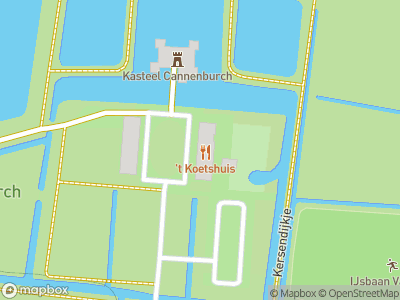Cannenburgh Castle is generally well known because of one particularly famous historical figure, Maarten van Rossum. He built a country house on the remains of a medieval castle in 1543, and it remained in his family until the 1950s. It also remained true to its original blueprints. However, since then, the country estate has become the property of the Stichting Geldersch Landschap and Geldersche Kasteelen national heritage foundations, which have restored it and opened it to the public.
Medieval stronghold
In the Middle Ages, there was a castle in Vaassen called Kannenberg, but nobody really knows when this stronghold was first built. The first records date from 1365 and at that point in history, it was a leasehold estate belonging to the dukes of Guelders. We also know very little about what the medieval stronghold looked like. Only parts of the walls and part of the underground cellars have survived.
Maarten van Rossum
The fortress had probably fallen into ruins by 1543 when it was bought by Maarten van Rossum. Van Rossum was a notorious ruffian, who plundered his way through Holland and Brabant as field marshal for Charles, Duke of Guelders. These activities made him a very rich man. Apart from his famous fortresses in Zaltbommel and Arnhem, he also possessed a number of country estates and castles. He chose the style of the Dutch Renaissance for Cannenburgh Castle and built it on top of the remains of the old stronghold. However, he never managed to see the castle completed.
Family estate
After Van Rossum´s death in 1555, his nephew, Hendrik van Isendoorn, inherited the castle and it remained in the family for over three centuries. Hendrik had an effigy of his uncle engraved on the main tower. From that height, dressed in his suit of armour, Maarten continues to watch over his estate. Over the years, the castle has been altered and extended with the impressive entrance moved from the middle of the main tower, to the side, as well as the addition of two outbuildings and a stone bridge. Cannenburgh Castle has been open to the public since 1951. The onion-shaped dome has been rebuilt and the interior has been returned to how it would have been when it was still inhabited by nobility.
















